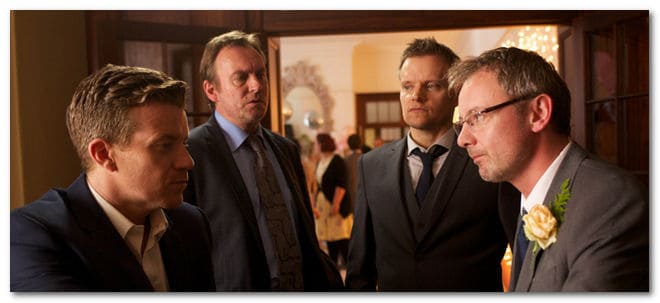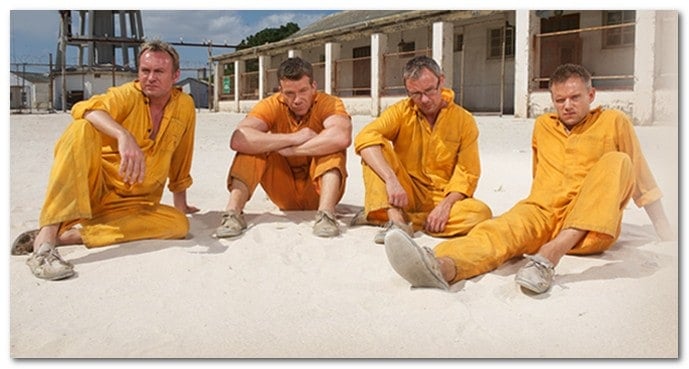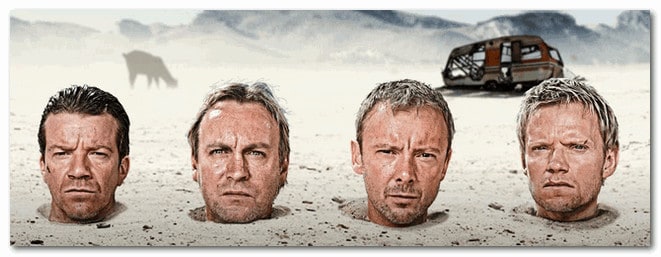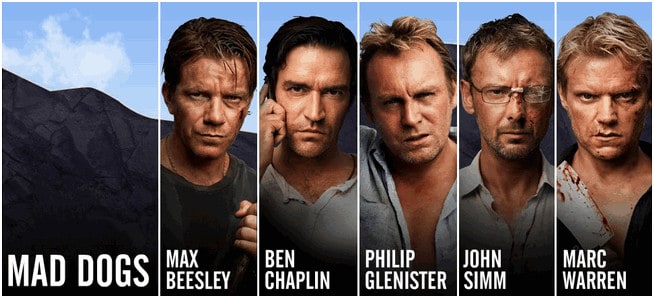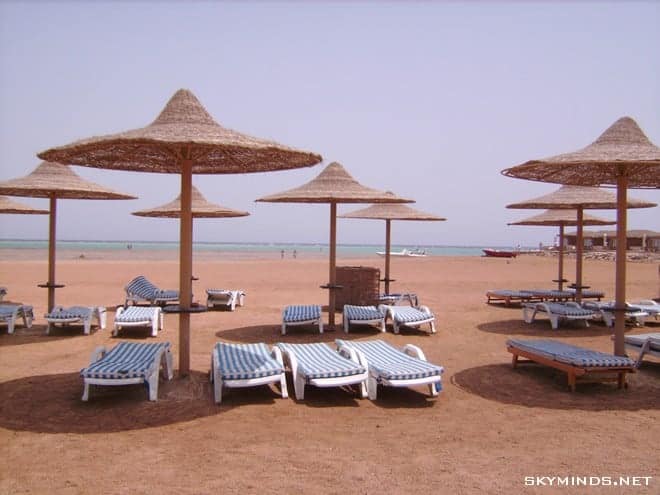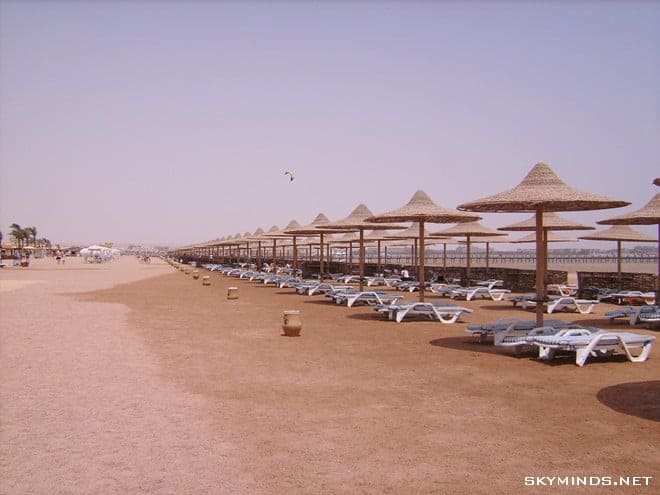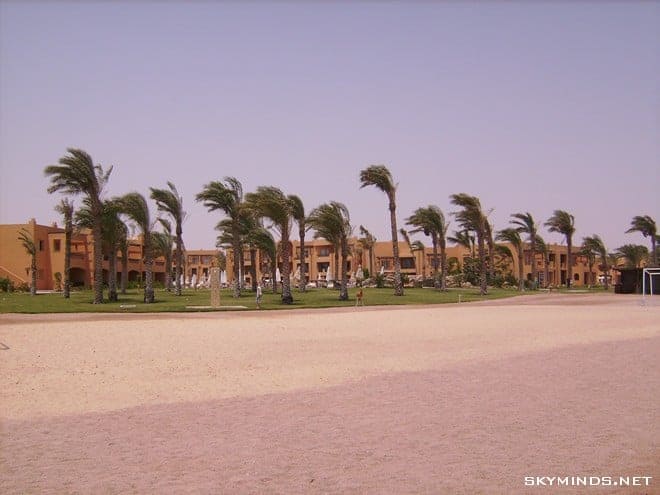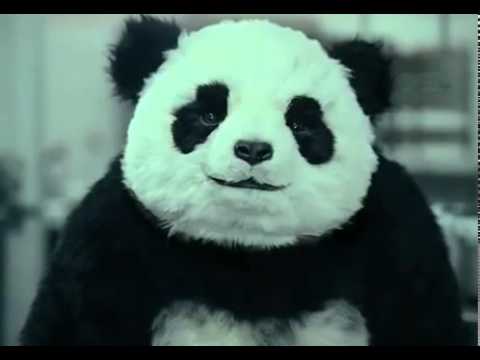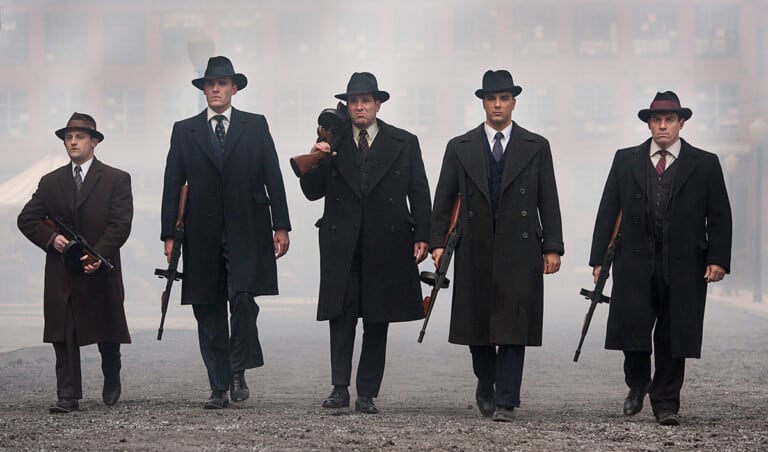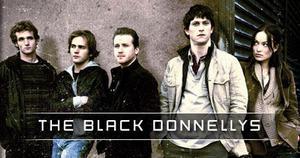Voici la quatrième et ultime saison de Mad Dogs, composée de seulement deux épisodes, diffusée sur Sky1.
Intitulée “Mad Dogs : The Finale”, cette dernière saison est donc la fin du périple pour Woody (Max Beesley), Quinn (Philip Glenister), Baxter (John Simm) et Rick (Marc Warren).
Tout a commencé quand ce groupe d’amis s’est rendu à Majorque (saison 1) pour célébrer la retraite anticipée du cinquième de la bande.
Ces vacances se sont transformées en cauchemar pour le groupe qui s’est retrouvé alors mêler à une affaire qui les dépassait où se mêlaient flics corrompus, drogues meurtres, chantages. Cela les a entrainés à Ibiza (saison 2), puis en Afrique (saison 3).
Pour cette ultime saison, le groupe d’amis retourne enfin en Angleterre, mais il leur est impossible de reprendre une vie normale.
Quand Rick pense avoir trouvé une solution financière, il va de soi que cela ne va pas tourner rond.
